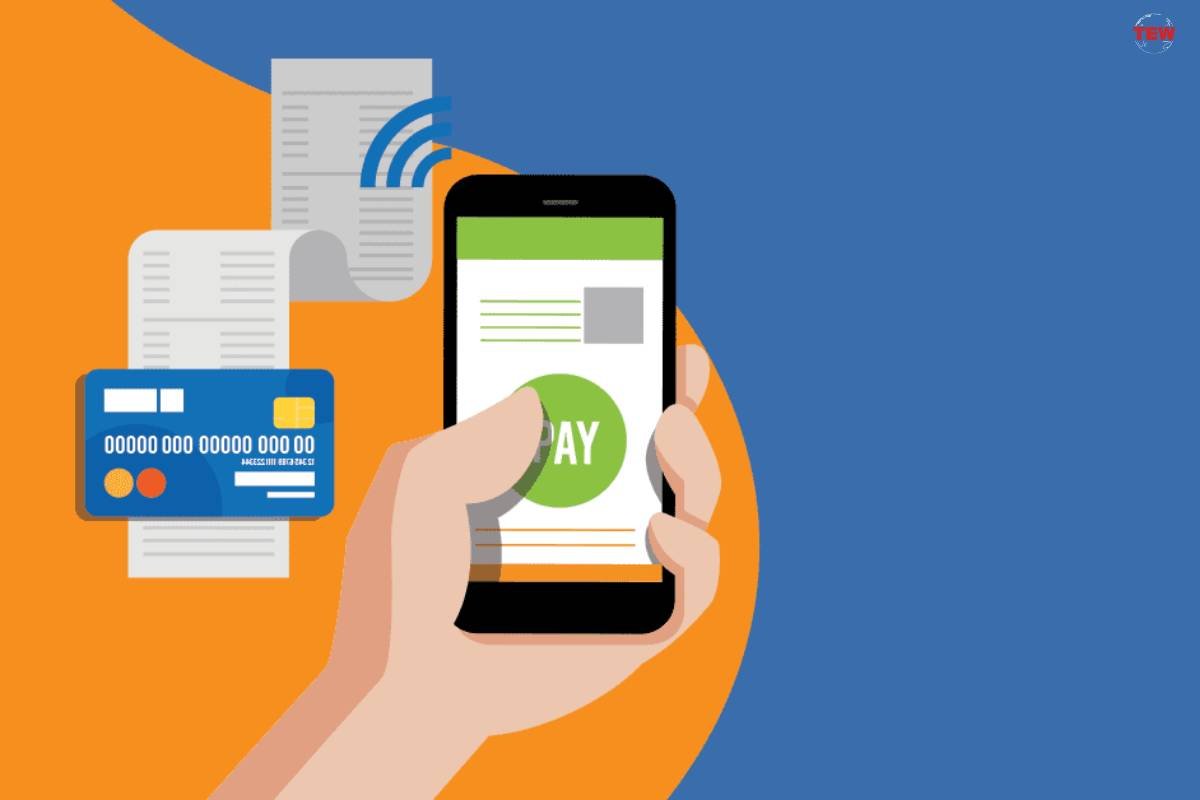Software as a Service (SaaS) is a transformative business model drastically changing the digital economy. More than a technology delivery method, it’s a crucial element shaping how businesses succeed in today’s market.
Unlike traditional software platforms requiring significant initial investments and ongoing upkeep costs, SaaS is an affordable, scalable, and easily accessible solution. SaaS goes beyond just software. It’s an integral part of the engine that drives business growth.
The strategy businesses employ in managing and monetizing SaaS payments can be pivotal in revenue generation and expansion. Monetizing SaaS payments isn’t just about transaction processing; it’s an opportunity for businesses to cultivate customer relationships, enrich the user experience, and instill customer loyalty.
This article looks at the different ways businesses can monetize SaaS payments:
1. Optimizing Payment Processes

An optimized payment process is more than just streamlining payment processes. It’s about designing a user-friendly experience that simplifies the payment procedure for customers. By enhancing and making this process more straightforward, businesses can improve overall user experience, thereby increasing the likelihood of boosting SaaS-based revenue.
Payment process optimization directly impacts a business’s bottom line. A seamless payment process reduces friction that can lead to cart abandonment, ensuring that more transactions reach completion. A simplified payment process could mean the difference between a successful sale and a missed opportunity in a world where consumers value ease and convenience.
By bringing in revenue from SaaS payments, businesses can enjoy the fruits of a successful payment optimization strategy. However, it’s essential to regularly review and update these strategies, adapting to new trends and evolving customer expectations. This way, businesses can maintain high user satisfaction and keep their revenue stream flowing.
2. Implementing Pricing Tiers
Pricing tiers represent a practical approach to catering to diverse customers. This strategy allows businesses to offer different service features at varied price points. A business could provide a basic package for startups, a comprehensive one for growing businesses, and a top-tier package for established enterprises. This way, the business can cater to a broad customer base while maximizing revenue.
Implementing pricing tiers isn’t just beneficial to the business but also offers customers advantages. By providing multiple options, businesses allow customers to choose the one that best fits their needs and budget. This customer-centric approach enhances customer satisfaction and loyalty, fostering long-term relationships.
Implementing pricing tiers isn’t a static process, though. It requires ongoing analysis and adjustment to stay relevant and competitive. Businesses must keep track of market trends, competitor strategies, and customer feedback to ensure their pricing tiers continue attracting customers and driving revenue growth.
3. Offering Various Payment Options

In today’s digital age, consumers expect flexibility regarding payment methods. By providing a variety of payment options, such as credit cards, debit cards, e-checks, and digital wallets, businesses can enhance the customer experience. This makes it more convenient for customers and increases the likelihood of completing the sale, thereby boosting revenue.
Offering various payment options is about more than just meeting customer expectations. It’s also a strategy that can lead to increased sales. Customers are more likely to complete the purchase when they find their preferred payment method available. This means reduced cart abandonment rates and increased revenue for the business.
4. Incorporating Add-Ons And Premium Features
Add-ons and premium features present an additional opportunity for generating revenue. These offerings provide extra value to customers, allowing businesses to charge a premium. A business might offer enhanced customer support, additional storage, or advanced analytics as add-on features.
Customers who find these features beneficial would be willing to pay extra, driving additional revenue. Incorporating add-ons and premium features is more than just a revenue-generating strategy. It’s also a way for businesses to differentiate themselves in the market.
By offering unique, high-value features, businesses can position themselves as industry leaders and attract more customers. However, businesses need to understand their customers’ needs and be able to offer features that genuinely add value.
5. Utilizing Analytics For Informed Decision Making

Data analytics plays a vital role in monetizing SaaS payments. Businesses can gain significant insights into customer behavior by examining customer usage patterns, feedback, and payment trends. This data can then guide decision-making, such as adjusting pricing strategies, introducing new features, or improving payment processes.
The use of analytics is about more than just collecting and analyzing data. It’s about making data-driven decisions that optimize business operations and improve customer experience. By understanding customers better, businesses can create personalized offerings that meet customer needs and drive revenue growth.
Conclusion
The monetization of SaaS payments is a strategic process involving payment optimization, pricing tiers, diverse payment options, and valuable add-ons, all underpinned by data analytics. These elements collectively enhance customer relationships and user experiences, driving revenue growth.
Continual strategy refinement is vital to align with evolving market trends and customer expectations. An effective SaaS payment strategy is crucial in securing a business’s success in today’s digital economy.


















